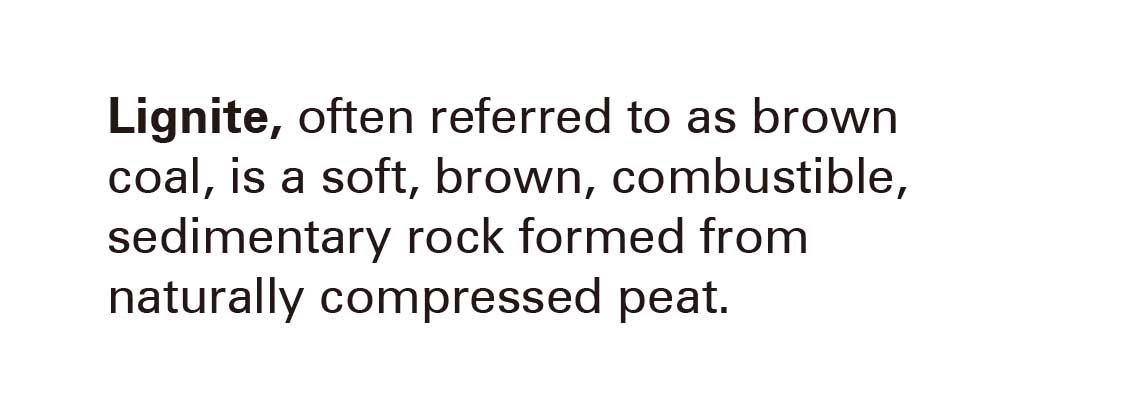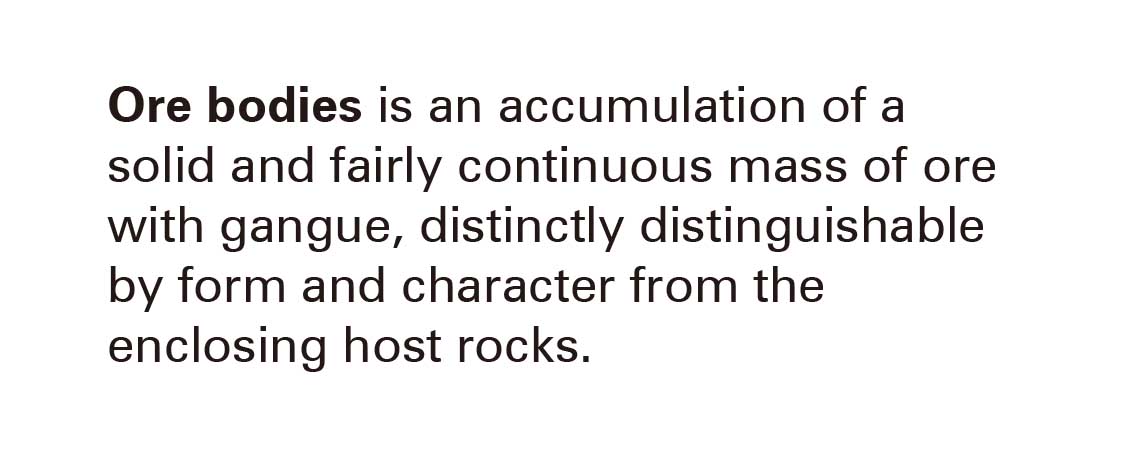Mine-pit Lakes
“
—
”
The Lusatia Lake District is a prototype for landscape transformation of degraded environments and landscapes. Located at the northeast of Germany, the former lignite open-cast mines site covers an area of 11,582 square kilometers within the limits of two federal states, Brandenburg and Saxony, approximately one-hundred kilometers from Berlin. Once the second largest lignite![]() mining region in Germany, the Lusatia Lake District is now Europe’s biggest network of manmade lakes.1
mining region in Germany, the Lusatia Lake District is now Europe’s biggest network of manmade lakes.1
The rehabilitation of the area has been a phased process of flooding residual mine pits, reforestation of rubble plateaus, and recultivation of mining wastelands. Lake Senftenberg was the first pit to be rehabilitated in 1972, but it was only until 1994, after Germany’s reunification, that the government developed a comprehensive plan along with the company Lausitzer und Mitteldeutsche Bergbauverwaltungsgesellschaft to rehabilitate the whole Lusatia basin area. Due to its scale and ambition the project is one-of-a-kind and establishes an example for future rehabilitations. Still ongoing, the rehabilitation plan has shifted to focus on economic and social dimensions: after the closure of the lignite mines, the area’s economy also suffered. To compensate for the lost jobs, specific strategies have been put in place for touristic, cultural, business, and scientific developments that have prioritized renewable development energy policies that install renewable energy production facilities such as wind farms, photovoltaic parks, and hydrogen plants in the former mines wastelands.2
The lake district is characterized by the numerous mine-pit lakes spread throughout the territory that were once used in open-pit mining operations. Open-pit mining extracts large ore bodies![]() , creating large gaps in the landscape. In South Africa, this technique has also been used to create tourist attractions in former mining cities.
, creating large gaps in the landscape. In South Africa, this technique has also been used to create tourist attractions in former mining cities.
The mine pit flooding process can be done in two ways: by passive or active flooding. The most commonly-used method is the latter, best suited for the rehabilitation of the water balance of the former open-cast mines. Here, water from rivers or other bodies of water is fed into the open pit. The external flooding accelerates the rise in the water level in the remaining open pit. However, only a few open pit holes are geographically located in a way that they can be flooded directly by surface water. The flooding water often has to be pumped into the remaining hole over long distances. This usually requires several pumping stations. At the end of the flooding process, a residual open pit lake is created that can be used for local recreation.3
Even though mine pit lakes are a different way of regenerating former mines, the quality in the water is usually linked to contamination, mine waste and can take some time to be apt for recreational use. In this sense, a thorough evaluation of the ecosystem should be done and with the implementation of methods like plantings in existing biotopes, the treatment of the water and an optimized design to avoid negative side effects, these lakes could have a positive impact on the landscape.


![]() Image source:
Lausitzer Seenland Accessed March 6th 2022. https://www.oberlausitz.com/lausitzer-seenland
Image source:
Lausitzer Seenland Accessed March 6th 2022. https://www.oberlausitz.com/lausitzer-seenland
References
1. Irimie, Sabina. From mining to dream vacation "Lusatian Lake District", Germany. September 2009. https://tracer-h2020.eu/wp-content/uploads/2020/02/11-TRACER_D2.4-Good_Practice_From-Mining-to-Dream-Vacation_Lusatia-Germany.pdf
2. Deshaies, Michel Metamorphosis of Mining Landscapes in the Lower Lusatian Lignite Basin (Germany): New uses and new image of a mining region. June 2020. https://journals.openedition.org/craup/4018
3. “Flooding (open pit) - Flutung (Tagebau)”, Second Wiki, November 26, 2020, https://second.wiki/wiki/flutung_tagebau#cite_note-Quelle_8-8
1. Irimie, Sabina. From mining to dream vacation "Lusatian Lake District", Germany. September 2009. https://tracer-h2020.eu/wp-content/uploads/2020/02/11-TRACER_D2.4-Good_Practice_From-Mining-to-Dream-Vacation_Lusatia-Germany.pdf
2. Deshaies, Michel Metamorphosis of Mining Landscapes in the Lower Lusatian Lignite Basin (Germany): New uses and new image of a mining region. June 2020. https://journals.openedition.org/craup/4018
3. “Flooding (open pit) - Flutung (Tagebau)”, Second Wiki, November 26, 2020, https://second.wiki/wiki/flutung_tagebau#cite_note-Quelle_8-8
 Image source:
Lausitzer Seenland Accessed March 6th 2022. https://www.oberlausitz.com/lausitzer-seenland
Image source:
Lausitzer Seenland Accessed March 6th 2022. https://www.oberlausitz.com/lausitzer-seenland